Russia celebrates Cosmonautics Day every April 12. On April 12, 1961, the Vostok-1 spacecraft with Yury Gagarin onboard lifted off from the Baikonur Space Center. However, this event was preceded by a massive research effort.
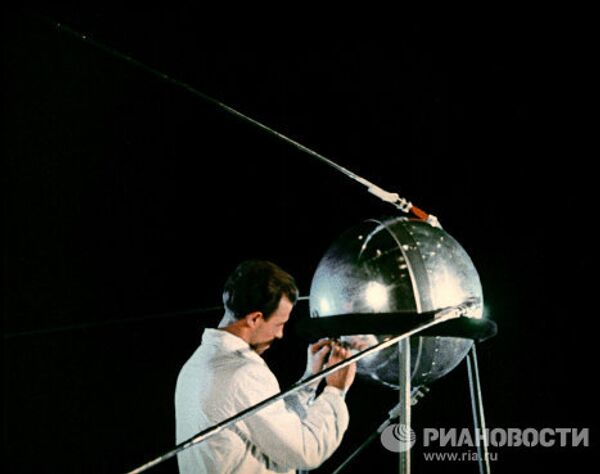
Russia celebrates Cosmonautics Day every April 12. On April 12, 1961, the Vostok-1 spacecraft with Yury Gagarin onboard lifted off from the Baikonur Space Center. However, this event was preceded by a massive research effort. On October 4, 1957, the Sputnik 8K71PS launch vehicle lifted off from the Baikonur Space Center, putting into orbit the first artificial satellite in history. The satellite remained in orbit till January 4, 1958 and revolved around the Earth 1,440 times.
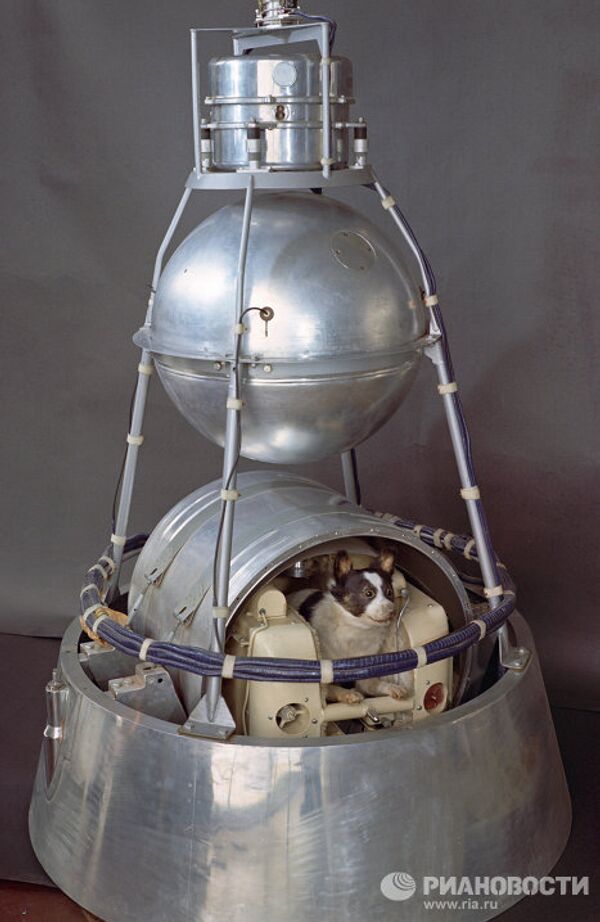
On November 3, 1957, the first artificial satellite with the dog Laika onboard was launched. Like many other animals, the dog perished during the flight. Although expected to survive for about a week, she died from stress and overheating five to seven hours after launch.
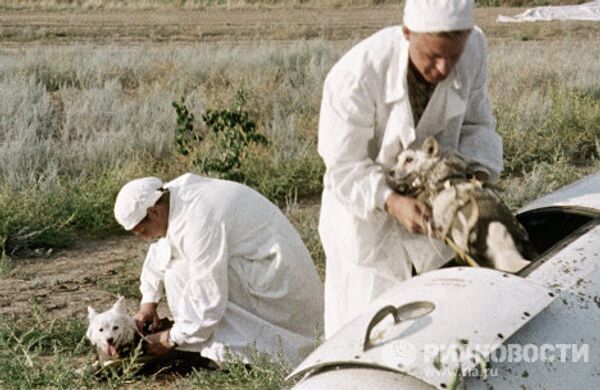
On August 19, 1960, another spacecraft carrying the dogs Belka (Squirrel) and Strelka (Little Arrow) successfully lifted off. On August 20, 1960, the spacecraft’s descent module, containing both animals, landed safely in the designated area. Both dogs orbited the Earth for more than 25 hours. The satellite revolved around the planet 17 times. The dogs became an overnight sensation. Photo: Doctors remove dogs Belka and Strelka from nose section of geophysical rocket after landing.
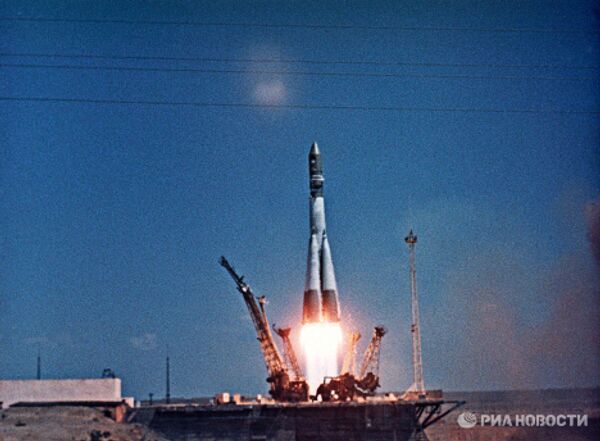
On April 12, 1961, the Soviet spacecraft Vostok-1 lifted off from the Baikonur Space Center. Yury Gagarin, the first man in space, flew aboard that spacecraft.
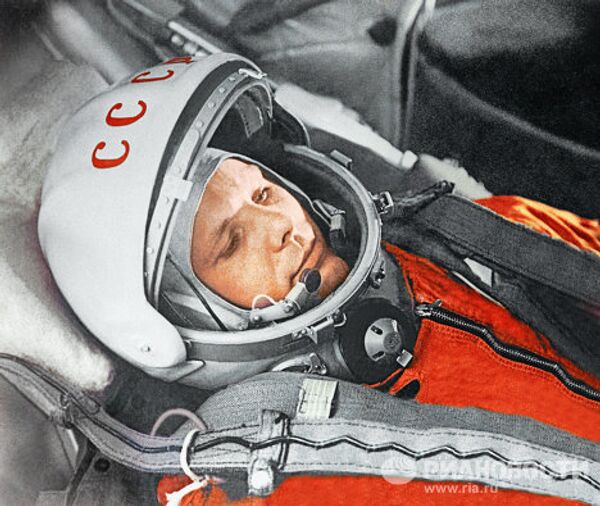
Soviet Pilot-Cosmonaut Yury Gagarin became the first man to orbit the Earth.

Chief Designer Sergei Korolyov supervised the launch of the first manned spacecraft in history.
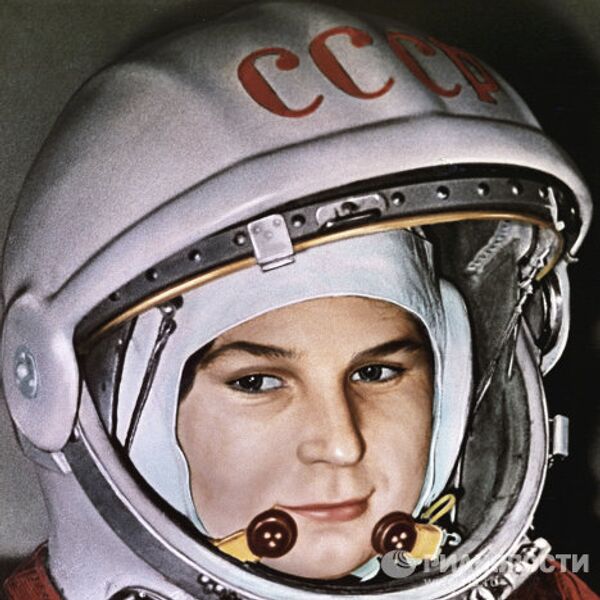
In 1963, Valentina Tereshkova became the first woman to fly in space.
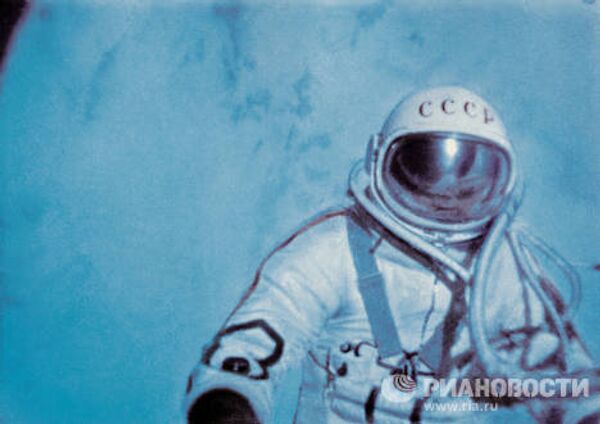
On March 18, 1965, Cosmonaut Alexei Leonov became the first man to perform a space walk. He spent 12 minutes and nine seconds in outer space.
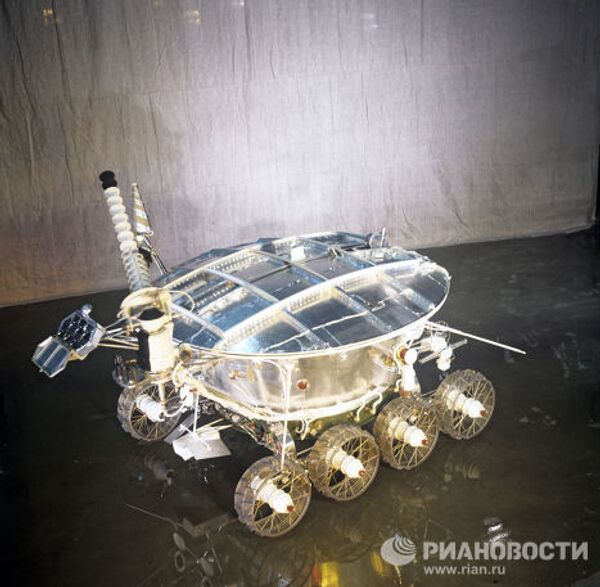
On November 17, 1970, the first Soviet-made Lunokhod-1 remote-controlled lunar roving vehicle was delivered to the surface of the Moon. The Lunokhod-1 operated on the lunar surface till October 4, 1971 and transmitted 211 panoramic photos of the Moon’s surface and 25,000 individual images.

The creation of long-duration orbital stations became a new word in space technology. The Salyut-1 orbital station (See photo) was launched in 1971. The Soviet Union eventually launched the Mir orbital station, which was de-orbited on March 23, 2001. Its fragments plunged into the Pacific Ocean.
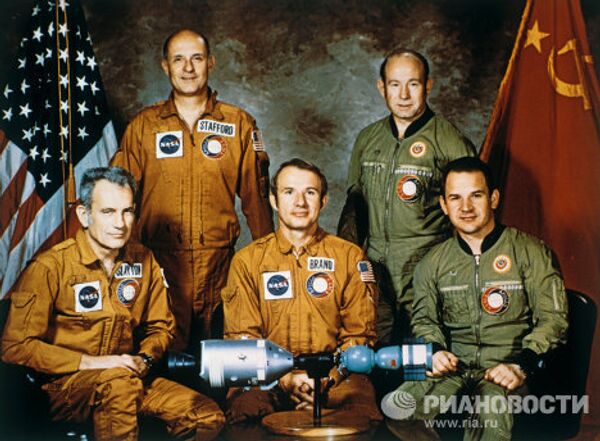
The Soviet Union and the United States began to implement the Apollo-Soyuz Test Project (ASTP) in 1972. The joint manned mission involved the Soyuz-19 and Apollo-18 spacecraft, which docked with each other in 1975 and flew together for 46 hours and 36 minutes.
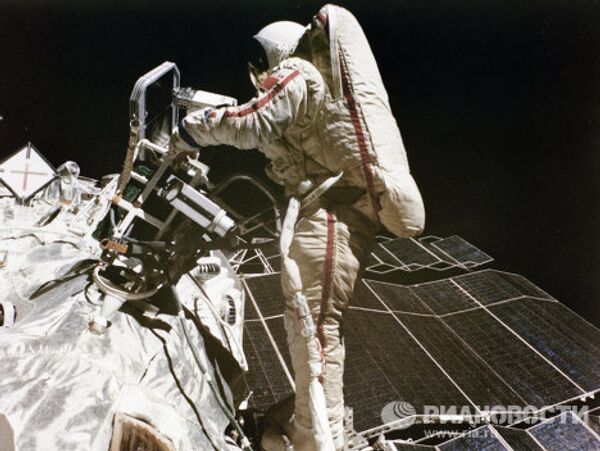
In 1984, Soviet Cosmonaut Svetlana Savitskaya became the first woman to perform a space walk.
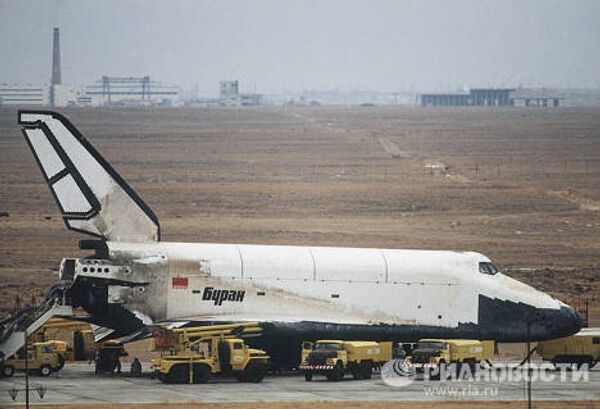
On November 15, 1988, the Soviet Union launched its first Buran (Snow Storm) reusable space shuttle.
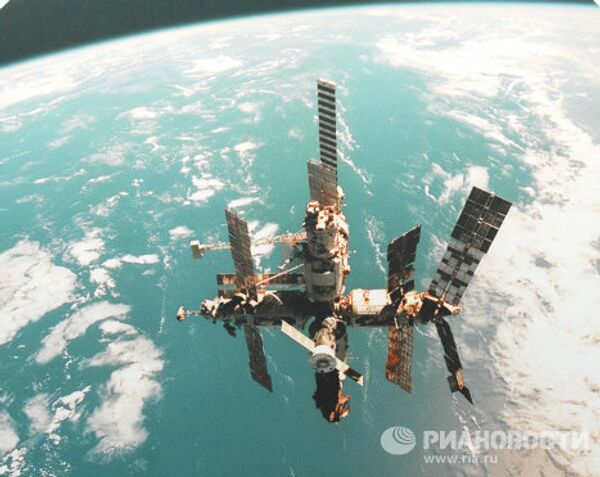
The Russian Federal Space Agency and NASA drafted the collaborative Mir-Shuttle space program. On November 1, 1993, their representatives signed a detailed work plan for the International Space Station (ISS).
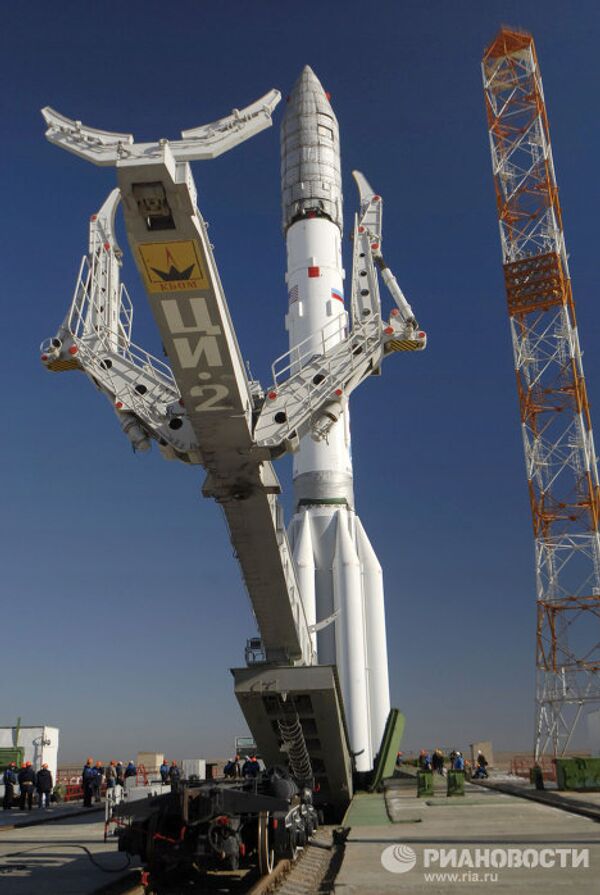
On April 7, 2001, the first modified Proton-M rocket with a digital guidance system and the 14S43 Briz-M booster was launched. This made it possible to place much heavier payloads into geostationary orbits.
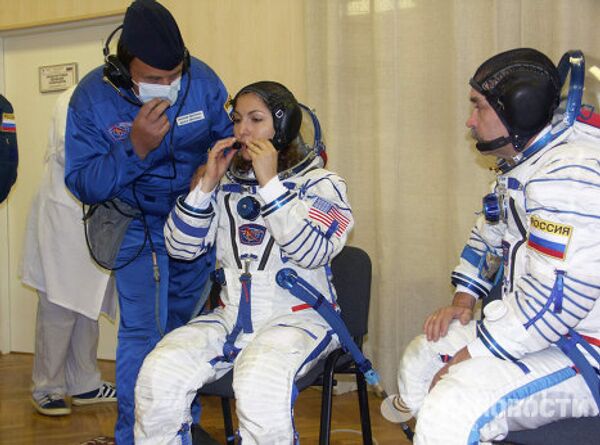
On September 18, 2006, Iranian-American Anousheh Ansari became the first female tourist in space. She flew aboard the Soyuz-TMA-9 spacecraft. Ansari is the co-founder and CEO of Prodea Systems, Inc.

